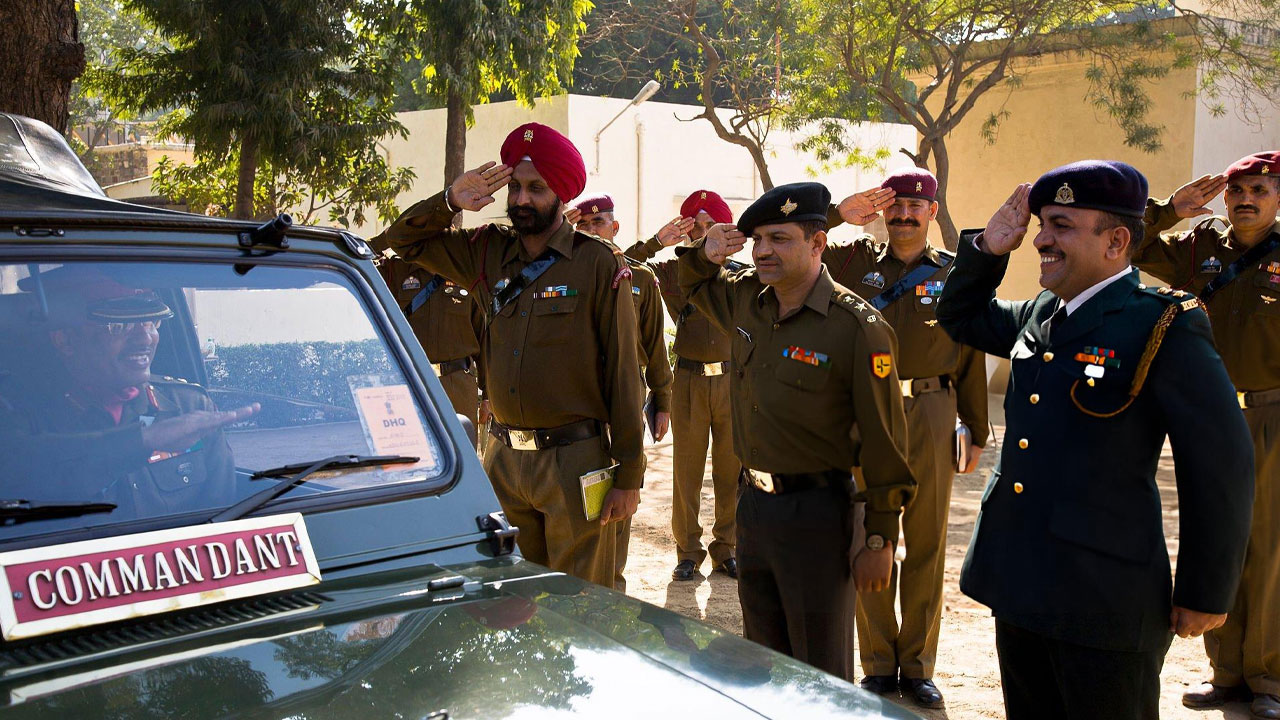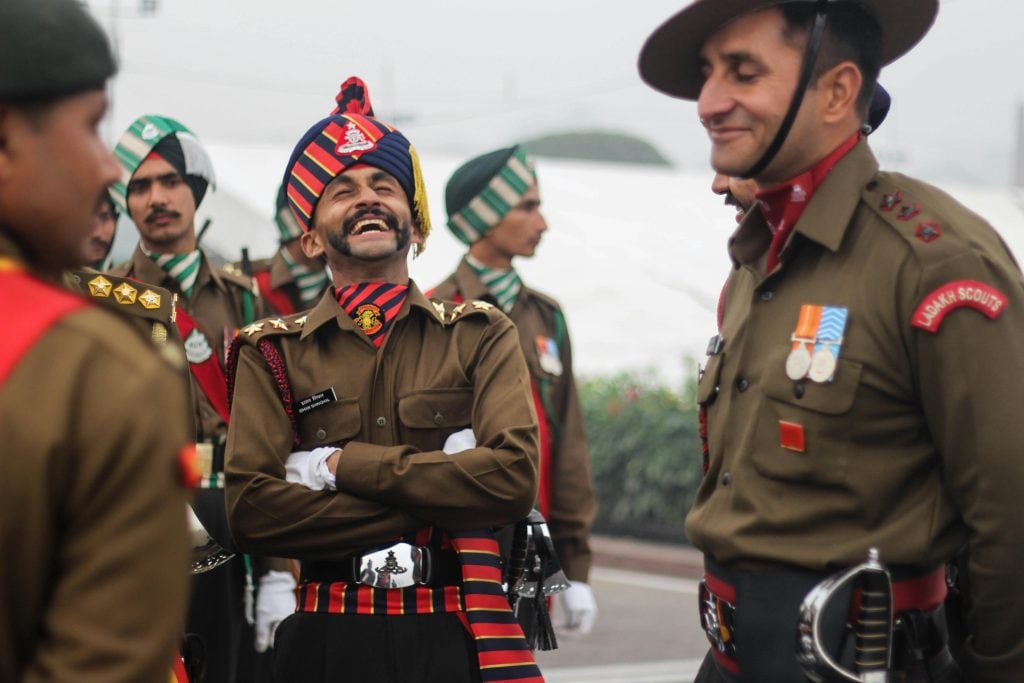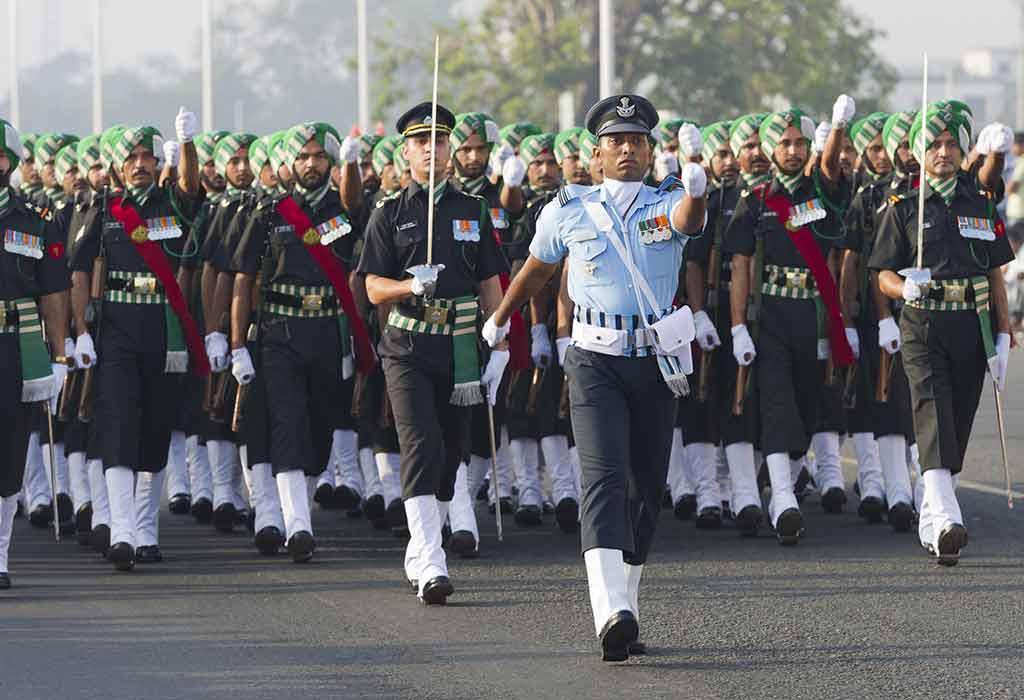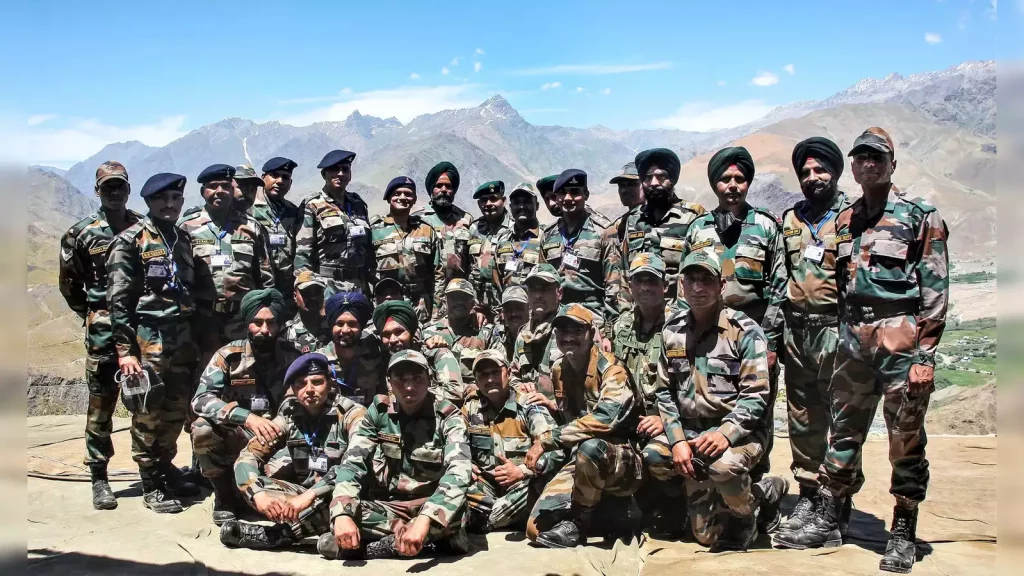The Indian Army is known for its robust training methods and emphasis on teamwork and camaraderie among its soldiers. One of the key elements that contribute to the success of the Indian Army is the implementation of the Buddy System.
In this comprehensive guide, we will delve into the concept of the Buddy System in the Indian Army, its importance, and how it shapes the training and operations of the soldiers. Whether you are an aspiring defence personnel or simply curious about the inner workings of the Indian Army, this article will provide you with valuable insights.
1. Understanding the Buddy System
The Buddy System is a unique approach employed by the Indian Army to enhance teamwork, support, and accountability among soldiers. Under this system, each soldier is assigned a “buddy” or a partner with whom they develop a close bond. This buddy becomes their companion and confidante, both during training and in combat situations. The Buddy System aims to foster a sense of responsibility, trust, and mutual reliance among soldiers.
2. The Role of the Buddy System in Training
The Buddy System plays a crucial role in the training process of soldiers in the Indian Army. During basic training, recruits are paired up with a buddy who assists them throughout the training period. The buddy helps the recruit navigate through the challenges of the training program, provides guidance, and ensures their overall well-being. The buddy also acts as a mentor, helping the recruit adapt to the military lifestyle and instilling discipline and values.
3. Benefits of the Buddy System
The Buddy System offers numerous benefits to soldiers in the Indian Army. These include:
a. Enhanced Safety
In training and combat scenarios, the buddy system ensures that soldiers have someone looking out for them at all times. They can rely on their buddy to provide immediate assistance in case of emergencies or injuries. This enhances the overall safety of the soldiers and reduces the risk of casualties.
b. Emotional Support
The buddy system creates a support system within the military unit. Soldiers can lean on their buddies for emotional support during challenging times. This support system helps soldiers cope with stress, homesickness, and other emotional difficulties that may arise during their service.
c. Skill Development
The buddy system facilitates the transfer of knowledge and skills among soldiers. Buddies can share their expertise and experiences, helping each other develop new skills and improve their overall performance. This knowledge-sharing creates a highly skilled and cohesive unit.
d. Comradeship and Camaraderie
The buddy system fosters a sense of camaraderie and companionship among soldiers. Buddies often form lifelong friendships, creating a strong bond within the unit. This camaraderie boosts morale and creates a positive and supportive environment.
4. Formation of Buddy Pairs
The formation of buddy pairs in the Indian Army is a strategic process. The pairs are usually formed based on factors such as compatibility, complementary skills, and common goals. The aim is to create partnerships that will strengthen the overall effectiveness of the unit. The pairing process takes into consideration the individual strengths and weaknesses of each soldier to ensure a balanced partnership.
5. Training Exercises for Buddy Pairs
The Indian Army conducts various training exercises specifically designed for buddy pairs. These exercises focus on building trust, coordination, and teamwork between buddies. Some common training exercises include:
a. Physical Fitness Training
Buddy pairs engage in physical fitness training together, pushing each other to achieve their fitness goals. This training includes activities such as running, obstacle courses, and strength training. Buddies motivate and encourage each other to perform at their best.
b. Navigation Exercises
Buddy pairs participate in navigation exercises where they learn to read maps, use compasses, and navigate through unfamiliar terrain. They work together to find their way and overcome challenges, honing their navigational skills.
c. Tactical Training
Tactical training exercises involve simulated combat scenarios where buddy pairs learn to work together in high-pressure situations. They practice tactical movements, communication, and coordination to accomplish mission objectives.
d. First Aid and Medical Training
Buddies receive training in basic first aid and medical skills. They learn how to administer first aid to each other in case of injuries or emergencies. This training ensures that soldiers can provide immediate medical assistance to their buddies in the field.
6. Importance of Trust and Dependability
Trust and dependability are the cornerstones of the Buddy System in the Indian Army. Buddies rely on each other for their safety and well-being. They must trust that their buddy will always have their back and act in their best interest. This trust is built through shared experiences, training, and mutual support. Dependability is crucial as soldiers must rely on their buddy to fulfill their responsibilities and carry out their duties effectively.
7. Communication in Buddy Pairs
Effective communication is essential for the success of buddy pairs. Soldiers must be able to communicate clearly and concisely to ensure smooth coordination and decision-making. Communication includes verbal instructions, hand signals, and non-verbal cues. Buddies develop a shared language and understanding that allows them to communicate efficiently even in high-stress situations.
8. Support and Motivation in Buddy Pairs
Buddies provide support and motivation to each other throughout their service in the Indian Army. They act as a constant source of encouragement, pushing each other to perform at their best. Buddies celebrate each other’s achievements and provide emotional support during difficult times. This support system creates a positive and motivating environment within the unit.
9. Buddy System in Combat Situations
The Buddy System becomes even more critical in combat situations. Buddies act as each other’s lifeline, ensuring their safety and providing immediate assistance if needed. They watch each other’s backs and work together to accomplish mission objectives. The trust and bond formed between buddies become vital during high-pressure situations, enabling them to make split-second decisions and act cohesively as a unit.
10. Evaluating the Effectiveness of the Buddy System
The Indian Army regularly evaluates the effectiveness of the Buddy System through training assessments and feedback from soldiers. The system’s success is measured by factors such as unit cohesion, mission accomplishment, and the overall well-being of the soldiers. The feedback received helps the Army make improvements and refine the training processes to ensure the Buddy System continues to be effective.
11. Success Stories of the Buddy System in the Indian Army
The Buddy System has been instrumental in numerous success stories within the Indian Army. From rescues in hazardous terrains to successful missions in combat zones, the Buddy System has proven its effectiveness time and again. These stories highlight the power of teamwork, trust, and the bond formed between buddies.
12. Conclusion
The Buddy System in the Indian Army is a testament to the importance of teamwork and camaraderie in military operations. It plays a vital role in training, enhancing safety, and promoting overall unit effectiveness. The system fosters trust, communication, and support among soldiers, creating a strong and cohesive military unit. By understanding the Buddy System, aspiring defence personnel can gain valuable insights into the unique culture and values of the Indian Army.























